General cleaning instructions
To clean the sofa from old or fresh stains, you need to study the general recommendations:
- Act quickly: Freshly planted stains (up to 2 hours) are always easier and faster to remove than hardened ones.
- Work from the periphery to the center to avoid smudging the dirt even further and avoiding streaks.
- Do not use aggressive cleaning agents such as thinner, chlorine bleach, and others.
- Test any commercial or homemade furniture cleaning solution on an invisible part of the sofa.
- Use only clean, lightest (preferably white) fabrics for the upholstery of the sofa.
- Cover the area around with plastic, especially if the upholstered furniture is on the carpet.
- Sweep or vacuum the surface that has a lot of common debris - crumbs, wool. Use a beater to remove dust.
- Do not overdo it with water - excess moisture can ruin not only the cover, but also the inner filler.
- Have the product dry-cleaned or call a professional for stubborn stains or difficult-to-clean materials (flock, leather, suede).
- Carefully study the instructions for caring for your fabric on the upholstery of the sofa - for example, velor cannot be vacuumed, flock is not treated with ethyl or ammonia, the fur is cleaned exclusively in dry cleaning.
How do I clean a leather sofa?
At first glance, leather seems to be the easiest material to care for - smooth, lint-free - you just need to brush off the dust occasionally. But it is a leather sofa that often becomes a victim of children's art painting with a felt-tip pen or careless handling of a ballpoint pen.
One way or another, at home, almost any stain can be removed from the skin. Let's talk about each separately:
- Ink, felt-tip pen. Fresh dirt without a trace is removed with a cotton pad moistened with alcohol or cologne. Old blobs or brightly colored lines wear off slightly worse, but rubbing alcohol should help as well.
- Blood. These and other fresh stains can usually be cleaned with a regular damp cloth, so we will only consider stubborn stains below. The blood is purified with acid - lemon juice, vinegar. Be sure to wipe down an inconspicuous area before starting to check for safety.
- Gum. The method is trivial: put a few ice cubes on top, wait 5-10 minutes and gently scrape off the frozen gum.
- Zelenka. Brilliant green dye, even just spilled, is almost impossible to wash off. If you are dealing with upholstered furniture made of dyed leather, call professionals, because a suitable acetone or solvent will remove the stain along with the upholstery paint.
In the photo, the process of cleaning a leather sofa
If the flooring is dirty with something less resistant, try cleaning the sofa from stains using the most common set: soft rags, soapy water or petroleum jelly. If they do not help, try purchasing special cleaning sprays or wet wipes for leather (even suitable for leather shoes or clothes).
Tip: To reduce the need to clean your leather, cover the sofa with a blanket or a pretty sheet.
We figured out the theory of cleaning a sofa made of natural or artificial leather, let's move on to the rest of the material:
Suede leather. Natural is not used in the upholstery, so you can be 99% sure that your suede is of artificial origin. If you are just planning to purchase a suede sofa, choose one that has been treated with a dirt-repellent impregnation - then any stains will be removed with a clean, damp cloth.
Untreated material is more capricious: it cannot be rubbed strongly, wetted abundantly, washed with aggressive means. Maximum - soap solution, soft cloth, special brush with rubber bristles. It is advisable to treat the surface with a protective spray after cleaning each time - it, of course, will not replace the factory coating, but it will also facilitate cleaning in the future.
Nubuck. Less capricious, in comparison with suede (for example, it is almost not afraid of water), but because of the pile on the surface, it also does not tolerate rough handling. It is best to dry clean, or use a special spray, foam, nubuck wipes.
Active foam works best - apply, wait for the time indicated on the package, clean with a clean cloth - usually the dirt is simply absorbed into the foam and the sofa becomes cleaner.
How to remove stains from fabric upholstery?
It is also easy to clean a sofa at home with a cover made of upholstery fabric, especially if the material has been pre-treated with Easy Clean impregnation. In this case, any stain (even wine or blood) is wiped off with a damp cloth or sponge without detergents.
If the fabric material has not been impregnated, you will have to tinker with the stains. There is a recipe for each type of upholstery.
- Mat... The fabric itself is unpretentious, but aggressive chemistry can lead to fading, pilling, and rapid wear. The most versatile formula for removing most stains is 1 tablespoon of faerie in 150-200 ml of warm water. After cleaning, it is forbidden to use heat drying (hairdryer, iron, radiator) - just open the windows and ensure natural air circulation.
In the photo, cleaning the sofa from the matting
- Velor, velvet... The longer the pile, the more carefully you need to choose the methods. Any cleaning (dry and wet) is carried out strictly along the pile, wet gently comb in the direction, the area is allowed to dry naturally. You can use: microfiber, soft cotton, mild soap, powder or vinegar solution, rubber brush. Do not: hard bristles, abrasives, bleaches, solvents.
- Chenille... Water will ruin the fabric, so even a wet way to clean the sofa is different: we wipe the stain with the most squeezed rag, then we immediately go through it with a vacuum cleaner and dry it with a hairdryer.
- Flock... Unlike any other fabric, the pile is glued here, not woven. Therefore, any compounds that can dissolve glue are prohibited: alcohol, acetone, solvent, cologne. The safest thing is to use special purchased products marked "for flock"; in extreme cases, mix a weak soap solution.
The photo shows an example of a flock texture
- Tapestry, jacquard... These durable, wear-resistant models are not afraid of almost anything, so choose the cleaner according to the type of stain: alcohol, soap, vinegar, soda, salt, faerie. Just in case, we recommend that you first test any solution in an inconspicuous place.
Removing various types of stains
The success of the result is influenced not only by the surface texture, but also by the origin of the stain. Each one is removed in a different way.
Fruit juice
At home, remove with an alcohol solution: 10 ml of ammonia per 1 liter of water. Apply, wait no more than 10-15 minutes, rinse with clean water.
Tea or black coffee
Make a solution or foam from laundry soap, apply, rinse off after 15 minutes. If the stain still remains, you will need a vinegar solution: 2 tbsp per liter of water. 9% of the essence, diluted with a little soap, shampoo, dishwashing liquid. Wash, dry.
Wine
The freshly poured is covered with fine salt, after which it is convenient to clean it with a vacuum cleaner.
Blood
Hydrogen peroxide will help effectively - but you do not need to rub, just blot, periodically changing the cotton pad to a clean one.
Chocolate
First of all, they freeze - just put a few ice cubes on top. The frozen chocolate can be easily peeled off the coating, and the remaining greasy stain will remove the dishwashing detergent.
Paint
Watercolors are washed off with water, but gouache requires a special approach: do not use hot water, scrape off what has dried up, and gently wash the remains with a cold soapy composition so that streaks do not appear.
Cosmetics
The most obvious option is micellar water, which dissolves the contaminant and makes it easy to wash away.
Fat
Soda, starch are excellent absorbents, fill up for a while, remove with a vacuum cleaner. Remains should be washed off with dishwashing liquid.
The photo shows grease stains on the upholstery
Organic stains
The results of the life of pets are usually best cleaned with special commercial sprays. The unpleasant smell of urine is masked with a solution of vinegar or soda.
Recommendations for stubborn stains
We have already mentioned that it is much easier to remove a fresh stain from any surface. But what if you saw pollution after a day or even more?
- Soak. Suitable for upholstery that is not afraid of water: dampen a cloth with hot or warm water, lay on the stain, wait ~ 15 minutes.
- Use special cleaning agents. Soapy solution is not enough, get spray or foam, specifically for your type of material and stains.
- Entrust to a professional. If the old dirt cannot be removed the first time, there is no need to increase the power of the applied chemistry or the pressure on the brush during friction - it is better to call specialists. The work of a cleaning company will definitely cost less than buying a new sofa.
In the photo, cleaning the sofa with a washing vacuum cleaner
Finally, the main recommendation for cleaning sofas from all possible stains: didn't it help the first time? Repeat the procedure. Didn't help with the second one? Contact the experts!

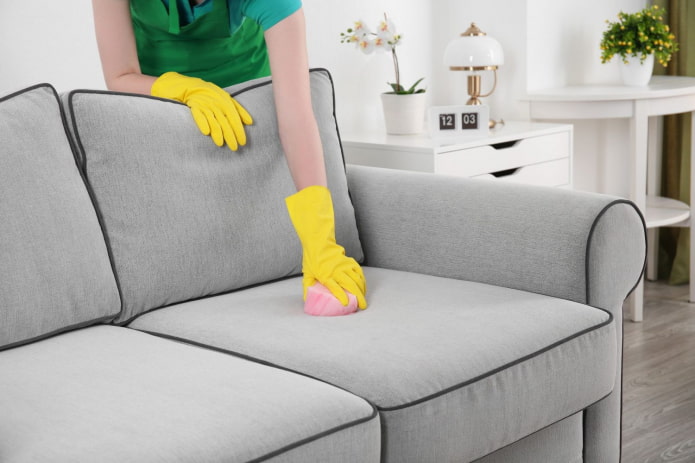
 10 practical tips for arranging a small kitchen in the country
10 practical tips for arranging a small kitchen in the country
 12 simple ideas for a small garden that will make it visually spacious
12 simple ideas for a small garden that will make it visually spacious
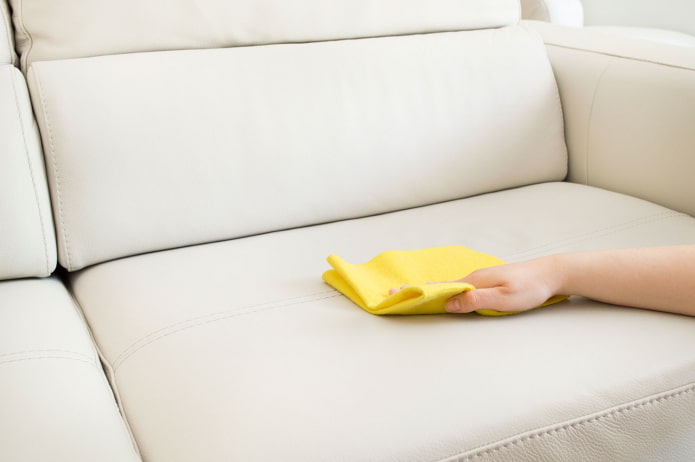

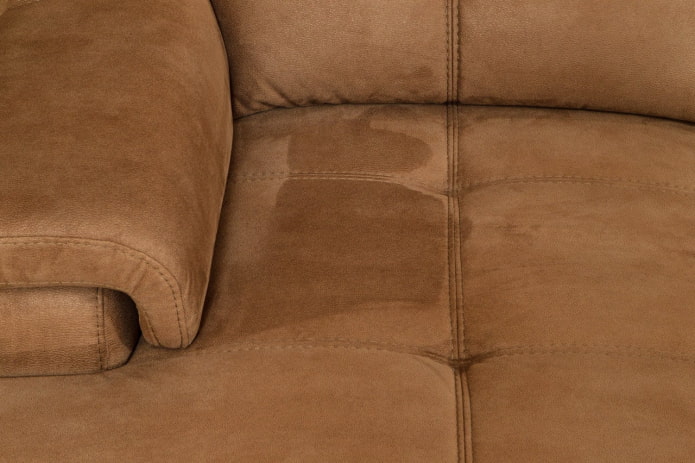
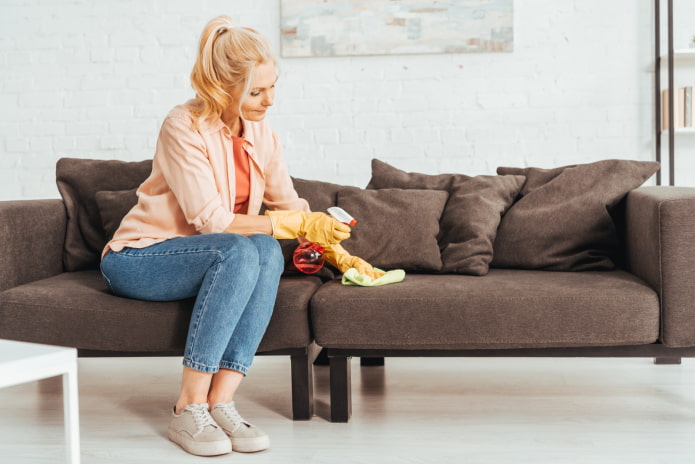

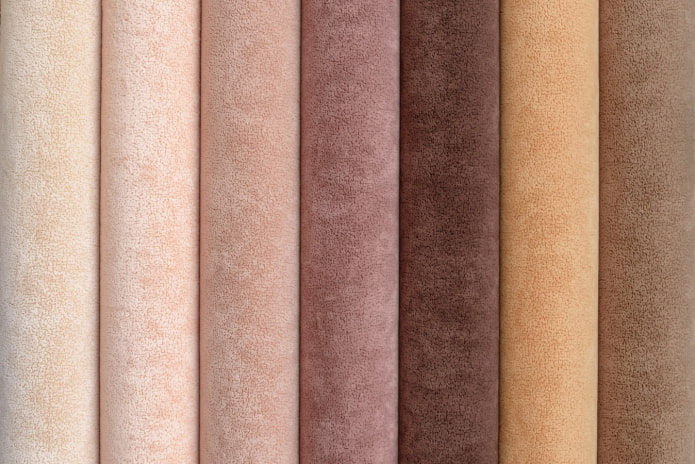
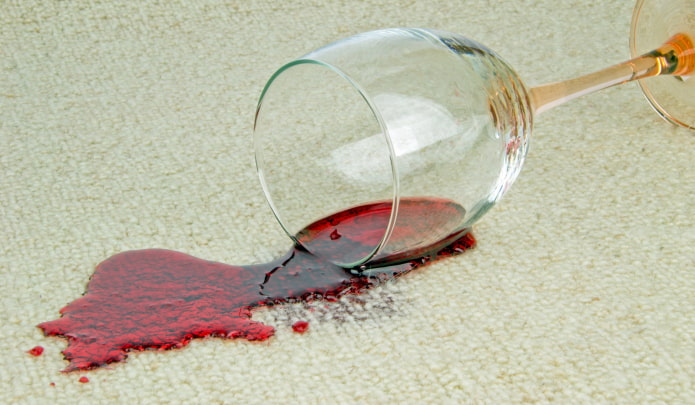
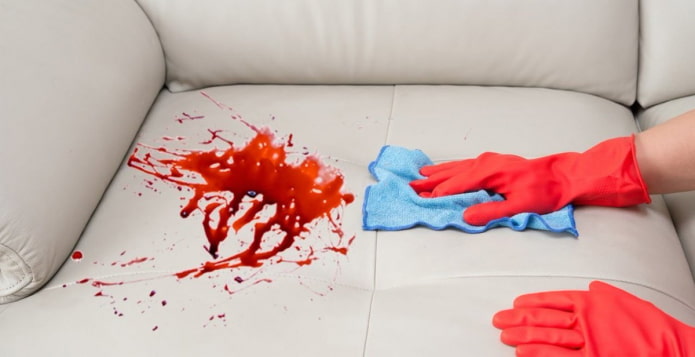
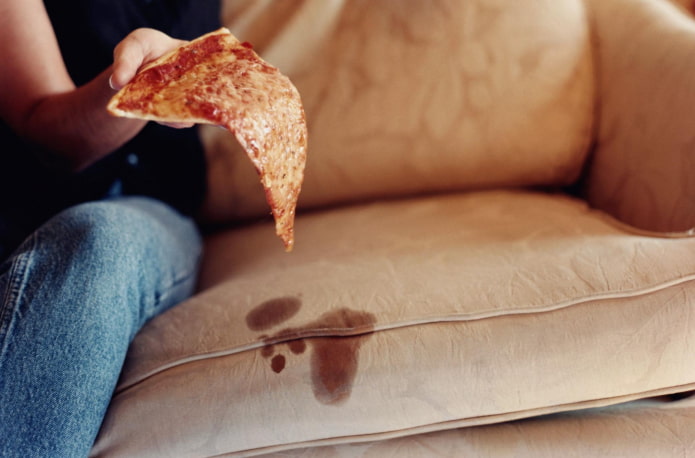
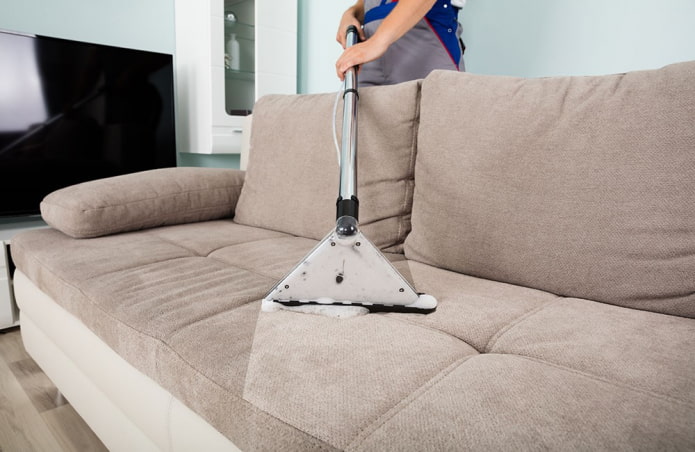
 13 bad habits a good housewife shouldn't have
13 bad habits a good housewife shouldn't have 24/7 home cleanliness - 4 secrets for the perfect housewife
24/7 home cleanliness - 4 secrets for the perfect housewife 6 hotels in Sochi that will give odds to the promoted foreign hotels
6 hotels in Sochi that will give odds to the promoted foreign hotels Top 10 interior design trends 2020
Top 10 interior design trends 2020 Rating of cheap TVs with Smart-TV
Rating of cheap TVs with Smart-TV New Year's LED garlands on AliExpress - we disassemble while it's hot, so that it's bright at home
New Year's LED garlands on AliExpress - we disassemble while it's hot, so that it's bright at home